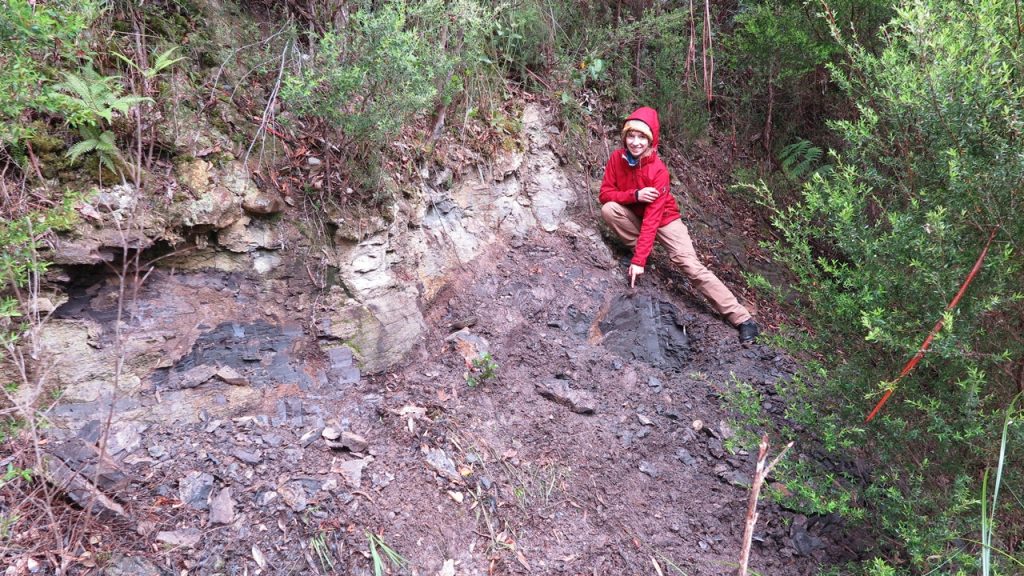Dr. Miriam Slodownik, a recent Ph.D. graduate from the University of Adelaide, led an excavation in 2020 near Strahan in western Tasmania to study ancient ecosystems. The goal of the dig was to understand the environment of Tasmania during ancient times. This excavation resulted in the discovery of new plant species, exceeding the expectations of the researchers. The findings were published in the American Journal of Botany on Aug. 27, 2024. Slodownik expressed her fascination with the idea that regions near the poles were once covered in dense forests, prompting her to search for rocks that formed during the right time and place.
Tasmania proved to be an ideal location for the excavation due to its accessibility and previous indications of fossils in the area. Fossils had been previously discovered during a 2003 excavation led by professor Gregory Jordan from the University of Tasmania. Despite having some past findings to guide them, the success of the recent excavation surpassed expectations, leading to the discovery of new plant species. Among the significant fossils found were relatives of living plants such as Araucaria and the Wollemi pine, an ancient and extremely rare plant species with fewer than 100 adult trees known to exist today.
The forest in which these plant fossils were found dates back 53 million years, according to a news release from the University of Adelaide. This time period was characterized by peak global temperatures, resulting in lush, tropical-like forests near the polar circle. Tasmania was positioned at the polar circle and connected to Antarctica, serving as a land bridge to South America. Consequently, many fossil plants found in Tasmania are similar to those found in South America from the same time period. These fossils shed light on how Earth’s climate and continents have shifted dramatically over millions of years.
Fossils play a crucial role in telling larger stories about the conditions of the world at the time they lived. The discovery of new plant species in the ancient forest near Strahan provides valuable insights into the flora that thrived in Tasmania 53 million years ago. The unexpected findings during the excavation further enhance our understanding of ancient ecosystems and how they have evolved over time. By studying these fossils, researchers like Dr. Miriam Slodownik can piece together a fascinating picture of Earth’s past climates and geological changes.
The findings from the excavation near Strahan contribute to our knowledge of ancient ecosystems and the global climate during the Eocene period. The discovery of new plant species and the presence of lush forests near the polar circle challenge existing perceptions of these regions as icy and barren environments. Through the study of plant fossils, researchers can reconstruct past environments and track how Earth’s climate and continents have shifted over millions of years. Dr. Miriam Slodownik’s work sheds light on the interconnected nature of Earth’s history and the importance of understanding ancient ecosystems in the context of current climate change discussions.
Overall, the excavation near Strahan in western Tasmania led by Dr. Miriam Slodownik has provided valuable insights into ancient ecosystems and plant species that existed 53 million years ago. The unexpected discovery of new plant species, along with the presence of dense forests near the polar circle during a time of peak global temperatures, highlights the dynamic nature of Earth’s climate and continents over millions of years. By studying these fossils, researchers can piece together a more comprehensive understanding of Earth’s past environments and how they have evolved to shape the world we know today.


